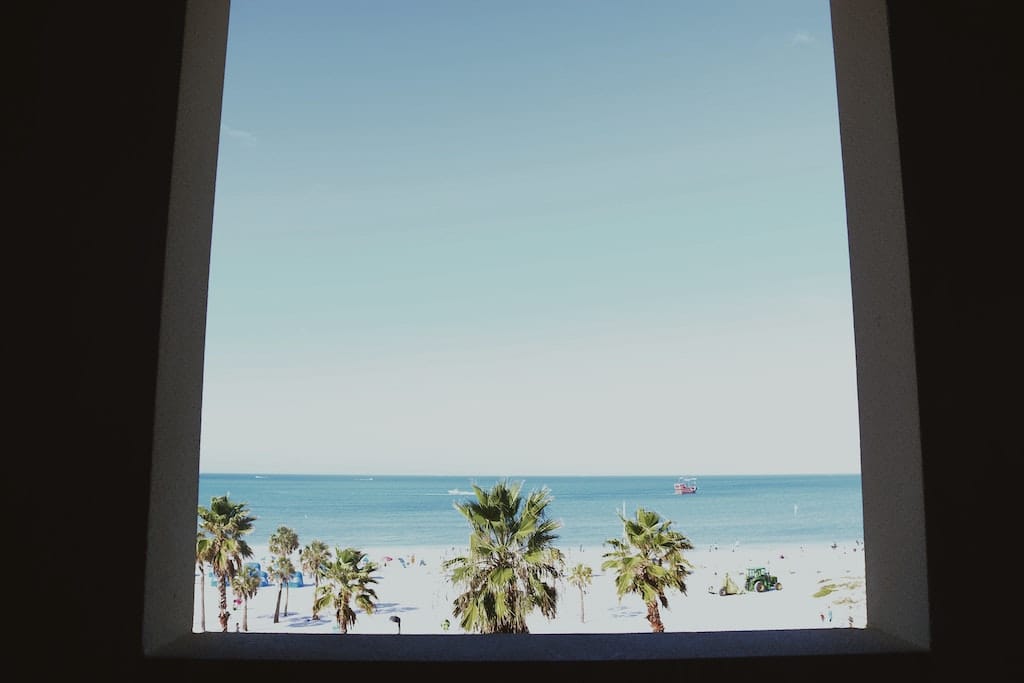All Categories
Featured
Table of Contents
Window Glazing For Households - Energy in Woodlands WA
That window can send more solar heat in winter than in summer. A west-facing window on a summertime's afternoon has an angle of incidence from near 0 approximately 30 with a big reliable location of solar radiation. A north-facing window, in summer, has a high angle of occurrence and a low reliable location of solar radiation, so can send less heat than a west-facing one.

However you can quickly and easily improve the thermal performance of your home by changing your windows. This is among the most effective approaches of restoration to achieve enhanced thermal comfort. There are countless kinds of glass and frames to choose from. Picking the best ones is essential to improving the energy efficiency of your home.
Buy Double Glazed Upvc Sliding Doors In Sydney in Bentley WA
There are lots of various kinds of glass items to pick from. Single glazing uses a single pane of glass. Single glazing with clear glass is not really efficient when it pertains to heat loss or gain. To improve performance, you can use single glazing with a more energy-efficient kind of glass such as low emissivity (low-e) glass.
The energy performance of IGUs likewise depends on: the homes of each layer of glass. Various glass types (for example, clear and low-e glass) can be put together in an IGU.
Is Double Glazing Worth It? in Mundijong Perth

IGU cavities can be filled with air or a more inert, low-conductivity gas such as argon the width of the cavity. Cavity density is generally 6 to 18mm. Broader cavities supply lower (much better) U values, with 12mm normally accepted as the preferred gap how well the cavity is sealed. Cavities must be dry and well sealed to avoid moisture getting in.
If argon is installed to the cavity in location of air, moisture is dependably omitted the level of desiccant (drying agent). The spacer (metal or polymer strip) that separates the glass layers consists of a desiccant to soak up any moisture. Insufficient desiccant may trigger wetness to condense on the glass surface in cold conditions, minimizing thermal performance.
A Complete Guide To Double Glazed Windows in Mount Pleasant Western Australia
IGUs can provide much better energy performance for all environments, specifically in heated and air-conditioned houses. Cross-section detail of single, double and triple-glazing systems Low emissivity glass (frequently referred to as low-e glass) reduces heat transfer. Low-e glass may be either high or low transmission: High transmission low-e glass has a coating that allows daylight from the sun to pass into the house to attain excellent solar heat gain, however lowers the quantity of the long wavelength infrared heat that can escape back through the window.
Low-e glass has either a pyrolytic coating or a vacuum-deposited thin movie metal covering. Pyrolytic coatings are durable and can be utilized for any glazing; vacuum-deposited coatings are soft and are only utilized within IGUs. Low-e coverings can substantially enhance both U value and SHGC; however, they need to be used correctly or they will either deteriorate or fail to carry out as required.
Double Glazed Windows And Doors In Perth in Kalamunda WA
Low-e finishes can be used in mix with clear, toned or reflective glass. Low-e coverings on glazing can lower heat transfer where required Photo: Department of Market, Science, Energy and Resources Toned glass has colouring additives consisted of during manufacture. It is available in various colours, usually bronze, grey, blue and green.
Latest Posts
Secondary Glazing: A Buyers Guide in Bibra Lake WA
Double Glazing in Swan View WA
Double Glazed Windows In The Summer in Myaree Western Australia